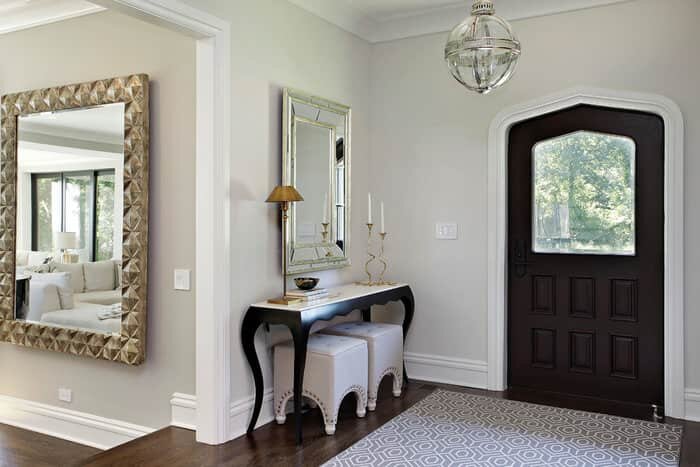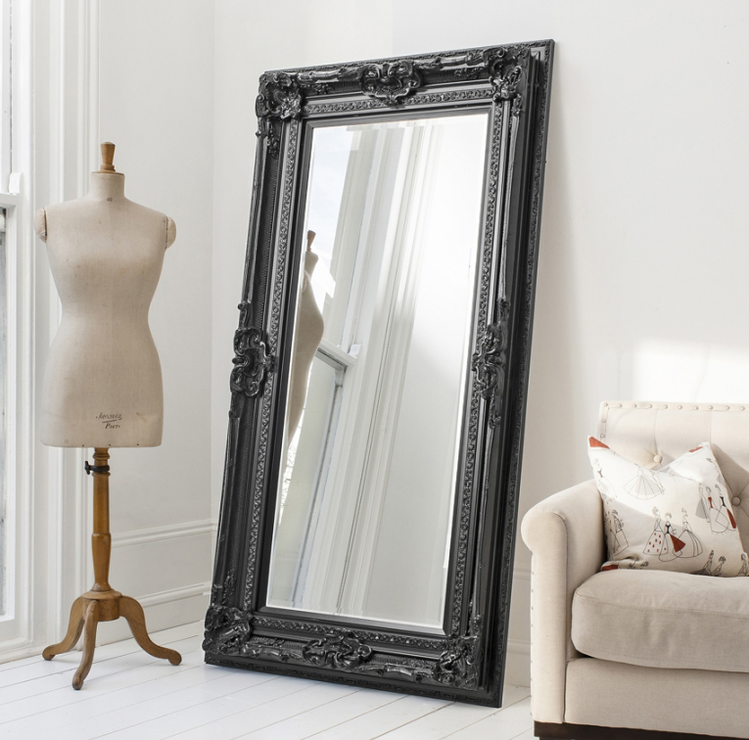Sign up for my monthly newsletter via my home page - design inspiration and more sent right to your inbox!
If you are trying to sell your home quickly and for the most money possible, there is no question that you should stage your home. Staged homes have been proven to sell faster than unstaged home (often above asking price). Staging helps your home appeal to the most buyers possible and gives prospective buyers a chance to envision themselves living there.
So, now that you know you should stage, you need to ask which type of staging is right for you. There are a few different options for you to choose from, depending on your budget and specific situation.
Traditional Home Staging
1st choice - Traditional home staging provides the most value by presenting your home in the best light. It includes placing everything from furniture to home décor pieces inside your home in a way that makes the best and most efficient use of the space. It can include furniture removal, rearranging, neutralizing existing colours, etc.
Traditional home staging can even extend to your outdoor spaces to help you improve your home’s curb appeal to attract more showings. This may include items like outdoor urns, patio sets, etc.
In today’s market, more people are expecting fully-staged homes thanks to the success of home makeover and design shows. Staging can make your home look bigger, brighter, and less cluttered. Properly staging your home can help you avoid feeling like you need to make major renovations. Instead, it will complement your home as it is now.
Soft Staging
2nd choice - Soft staging is another type of staging that can help you sell your home faster. It is similar to traditional home staging but does not include furniture and is a great option for homes that already have furnishings that would appeal to most buyers. This type of staging focuses on making the home feel a bit warmer and more inviting through the addition of artwork and accessories. This can also include adding greenery, pillows and bedding. It’s amazing how simple details can transform a space.
For example, adding small details (like a cookbook) can make the place feel more like home in the eyes of potential buyers. Although not as impactful as a full stage, soft staging will still help your home stand out from the competition. It’s a more affordable option if you don’t have the budget for a full stage.
Virtual Staging
3rd choice - Very simply, virtual staging is the art of editing photos of your home to add furniture and accessories digitally. Like traditional staging it creates a vision of what life would be like in a home; however, unlike traditional staging, there is no moving of furniture or accessories. Since virtual staging is a digital process, all you need are professional photos of your home. Obviously, this means it’s more affordable and more convenient than traditional home staging. The biggest downside is that buyers may be confused or disappointed when they see your home in person (and it doesn’t look like the pictures). And, your home will not have the in-person “wow factor” that is so important for showings.













